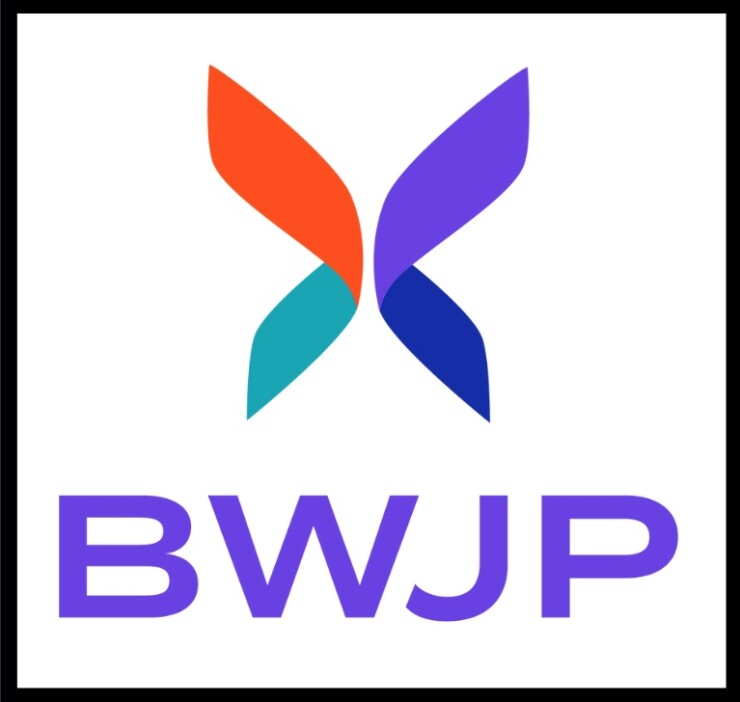Though you may not realize it, it is likely that among your clients is someone who is experiencing or has experienced financial abuse.
One in three women and one in four men will experience domestic abuse in their lifetime, according to the National Coalition Against Domestic Violence. And although this abuse is often thought of solely as physical violence, that's just one tactic abusive people might use against their intimate partners.

Financial abuse is another, and it
The increased economic stressors and isolation caused by the COVID-19 pandemic contributed to an intensification of financial abuse, which, according to startling statistics cited by the National Network to End Domestic Violence,
Financial advisors can be an important source of help and information for clients who may be experiencing financial abuse.
Red flags of financial abuse
The nonprofit
Abuse transcends generations, cultural communities, relationship types, sexual orientation and gender identities. That said, financial abuse may be more likely to occur in cultures that place men at the head of the household and relegate women to the home; in homes where the primary earner is demeaned for being the breadwinner; and in immigrant communities where the abused partner has limited or no English language proficiency.
Specifically, be on the lookout for these signs that could indicate potential financial abuse:
- Accounts opened or fake accounts set up in the client's name without their knowledge or consent.
- The client's partner fails to pay bills, lies about payments, overcharges accounts, accrues debt or coerces the client into purchases or signing loans/credit accounts.
- The client receives only an allowance or set amount of money at their partner's discretion.
- The client is denied access to money and/or accounts.
- The client lacks knowledge of household finances, or their partner withholds such information.
- The client's partner refuses to work or to contribute to household income.
- The client is prevented from working, or their partner takes and controls their income.
- The client's public benefits or personal assets are taken or controlled by their partner.
- The client's accounts have been depleted without their knowledge.
- The client is threatened with loss of housing, access to public benefits or household funds if they don't do what their partner wants.
- The client's partner withholds child support or controls financial decisions regarding children's needs.
- The client's partner works in finance and uses their position and knowledge to misinform the client or control their finances.
Proceed with caution
Before beginning a conversation with the client, assess the situation. Understand that even if your client is living with any of the situations described above, they may not be aware they are experiencing financial abuse. It is common for people enduring this abuse to not realize what's going on until after they start working with an advocate.
It is vital to conduct these discussions privately. Never raise the issue of financial abuse with a client if the suspected abuser is in the room or nearby. And do not share the source of your information with others, especially the abusive partner. The danger to the client may significantly increase if the abusive partner discovers they are seeking help or talking to others about their situation. When meeting with a client and the partner who may be financially abusing them, simply offer information on their finances as a part of a normal client interaction.
READ MORE:
In private conversations with the client, meet them where they are. If they are aware abuse is happening, use validating phrases like "I believe you," "This is not uncommon," and "You are not alone."
But if the client is unaware or unsure of the abuse, use inquisitive, assisting questions like "I'd like to get a sense of your economic well-being," "Do you have access to your own resources?" and "Who decides how you spend money?" Maintain an atmosphere of trust, so that the client feels safe coming forward.
Additionally, note that many people experiencing abuse, financial or otherwise, do not identify with the commonly used terms "victim" or "survivor" — you may want to avoid using these.
If you confirm that financial abuse is occuring, don't try to manage or intercept the potential abuser's behaviors. Instead, we recommend that you point the client to professional resources.
Be prepared with referrals and resources
Just as financial advisors have reliable industry referrals for clients who need guidance on mortgages or tax planning, all advisors should compile a list of trusted local resources for clients who need help with domestic abuse and add them to their contact list. After recognizing red flags for financial abuse, advisors will be able to put the client in touch with a local organization where trained advocates can provide the client with assistance. Advisors should also establish similar referral partnerships with local legal aid organizations that can provide clients with representation, education, counseling and even protective orders.
Another way to support clients experiencing financial abuse is to make sure you can provide them adequate resources for building their financial literacy skills. One way is to sponsor a financial abuse protection program, like The Allstate Foundation's
Remember, there is no single way that financial abuse manifests itself; domestic violence is nuanced and complex. Nor is there a prototype abuser or person who is abused; every individual and situation is different.
And if you feel you or your firm would benefit from more guidance or education on the complexities of domestic violence and the signs and struggles of financial abuse, please reach out to the BWJP or to your local professional domestic violence advocate.





